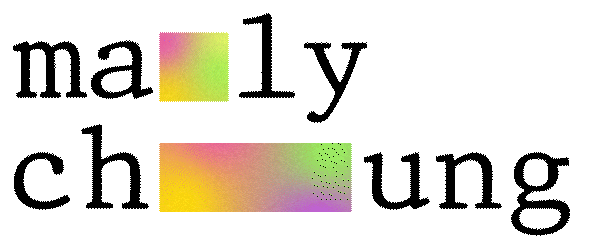amikids
+ Brand Campaign | Case Study
Logo redesigned by HANNAH JUNG and animated by MARLY CHHOEUNG. Social posts designed by MARLY CHHOEUNG.
RESEARCH
Amikids is a non-profit youth reformation program based in the United States. A majority of these adolescents (58%) are repeat offenders and attend the programs as an alternative to juvenile correction.
Youth from lower-income families and disadvantaged neighborhoods are at a higher risk of engaging in delinquent behaviors. Lack of access to education, job opportunities, and higher exposure to crime and violence can all contribute to a higher risk.
Amikids has a success rate of 80% of children completing the program, with 75% of youth remaining crime-free after services—three times higher than the national average. Amikids successes can be attributed to their educational programs, mental health counseling, and job training. These programs create lasting effects, providing stability, healthy behaviors, and employment opportunities.
PROBLEMS
From our research, we identified two main problems: existing stigma/biases and problematic design language.
Stigma/Biases: Community members in Caddo Parish, LA have expressed concerns over what they have described as "moving… troubled students into their neighborhood." Discrimination of their student body is one of the challenges Amikids faces.
Design Language: Amikids' current logo is angular and sharp. Stone greys and orange are the dominant colors and heavy slab headings bound the typography. Overall, the existing design language is strong and aggressive. Alone, the designs aren't a problem, but when in conjunction with compounding stigmas, Amikids becomes more reminiscent of a juvenile correctional facility.
How do we transform Amikids into an uplifting and hopeful program that will make kids feel more like they are getting help and less like they are being punished?
Website designed by HANNAH JUNG.
SOLUTIONS
Part 1: Color
Amikids is a program that has been operating for more than five decades with legacy partners and long-standing roots. For that reason we kept the orange, however, to avoid associations with correctional uniforms the color was lightened and additional colors were introduced.
A fresh energizing color palette was chosen to signify new beginnings. Turquoise blue acts as an allegory to Amikids' marine and navy origins. These summery colors helped to warm up Amikids' character and bring a more youthful and energetic personality to the brand.
Moodboard inspiration.
Part 2: Youth Inspiration
Our design language includes rounded corners for a softer and friendlier profile. Doodles and sketches are incorporated freely into our designs. These sketches represent the inclusion of the kids in the program by representing free expression and youth agency. Dorm rooms were designed with light woods and plenty of natural lighting, promoting a bright and lively living space. Hobby items and personalization decorate the rooms. Many of these children come from broken homes, so it was important that they could have a space that they could envision as their own.
Student pack and t-shirts designed by AMY FANG.
Interior spaces designed by MARLY CHHOEUNG.
Our photography language features both desaturated and color photographs. Desaturated images are mid-focused with an emphasis on bright whites and deep darks. This helps our sketch language stand out while the high contrast is kinetic and energizing. Photo kept in color are focused with bright saturated colors.
Posters designed by HANNAH JUNG.
Brochure designed by MARLY CHHOEUNG.
Overall, rehabilitation offers a more humane, effective, and sustainable approach to addressing the issue of delinquency among youth. While punishment may have a deterrent effect, it cannot address the complex and multifaceted causes of delinquent behavior, nor can it ensure the well-being and success of young individuals who deserve a chance to turn their lives around.
These were our solutions to Amikids, a youth behavioral program, helping kids navigate the difficulties in their lives, while also teaching them not only job skills but also mental health skills that they can use even after graduating from the program.

